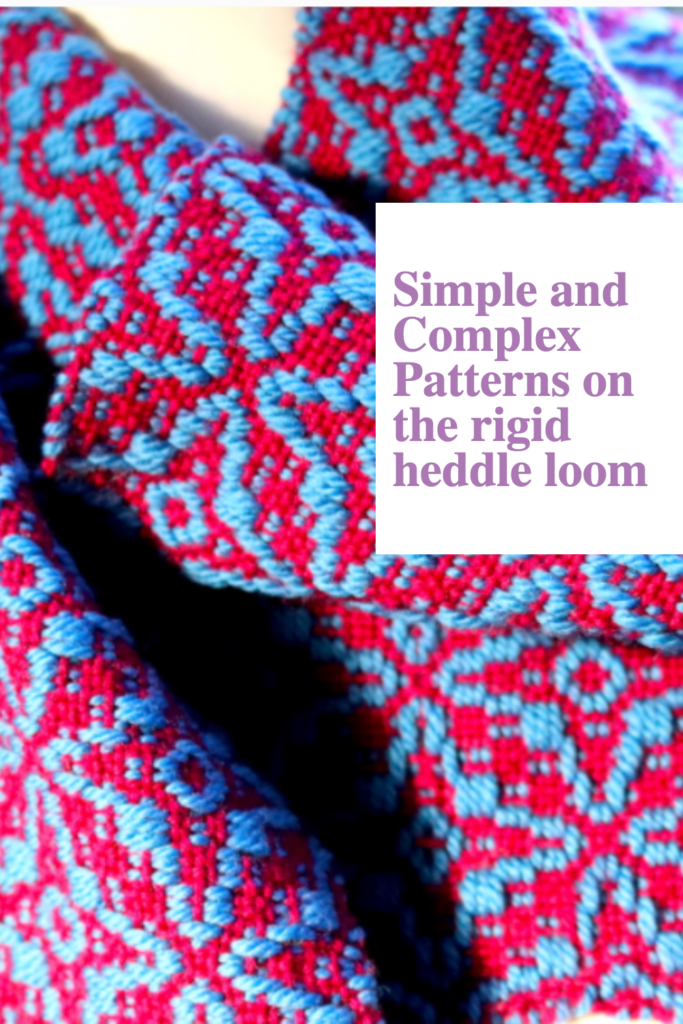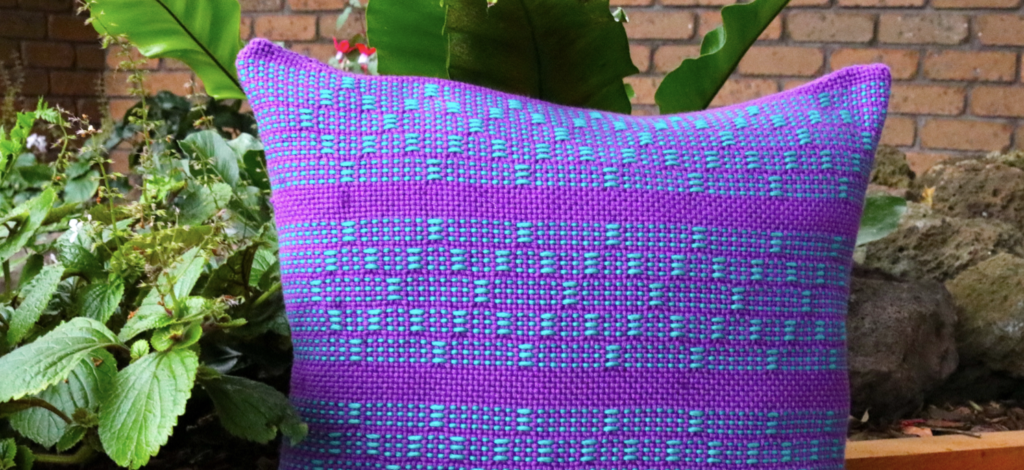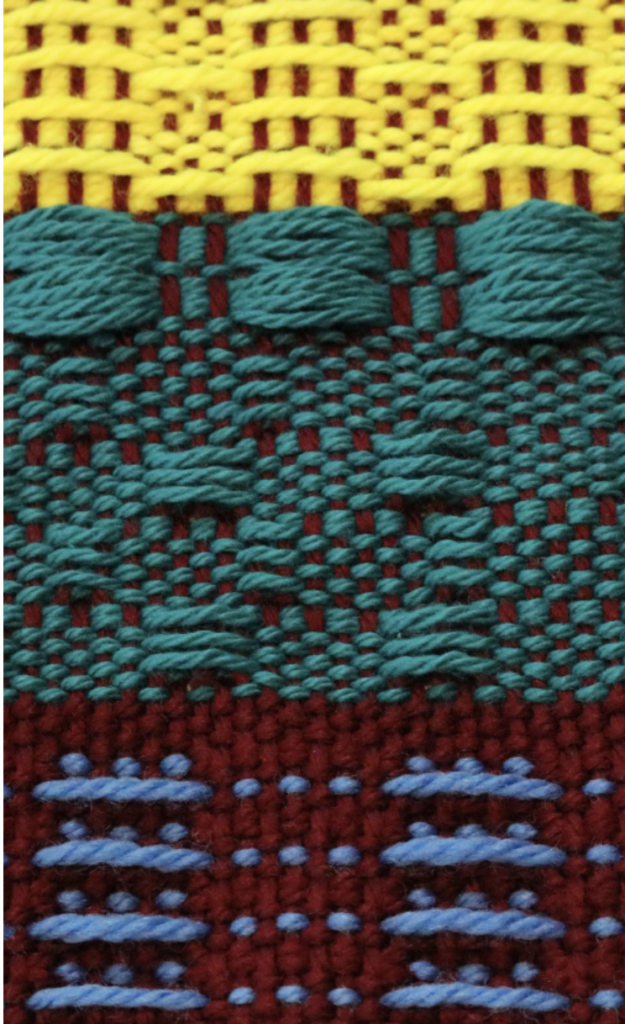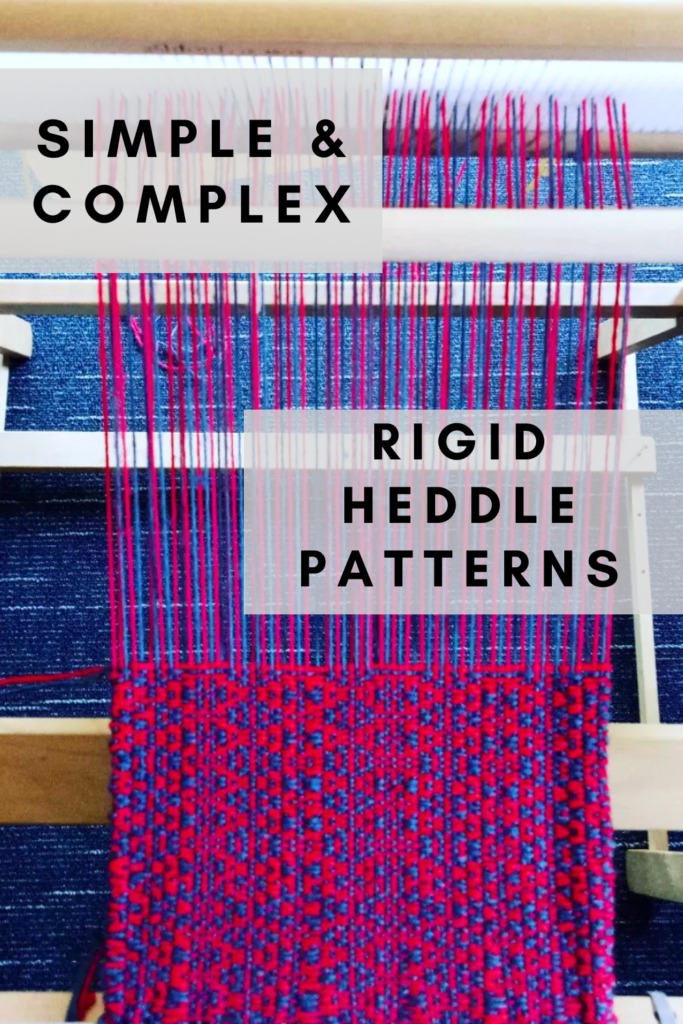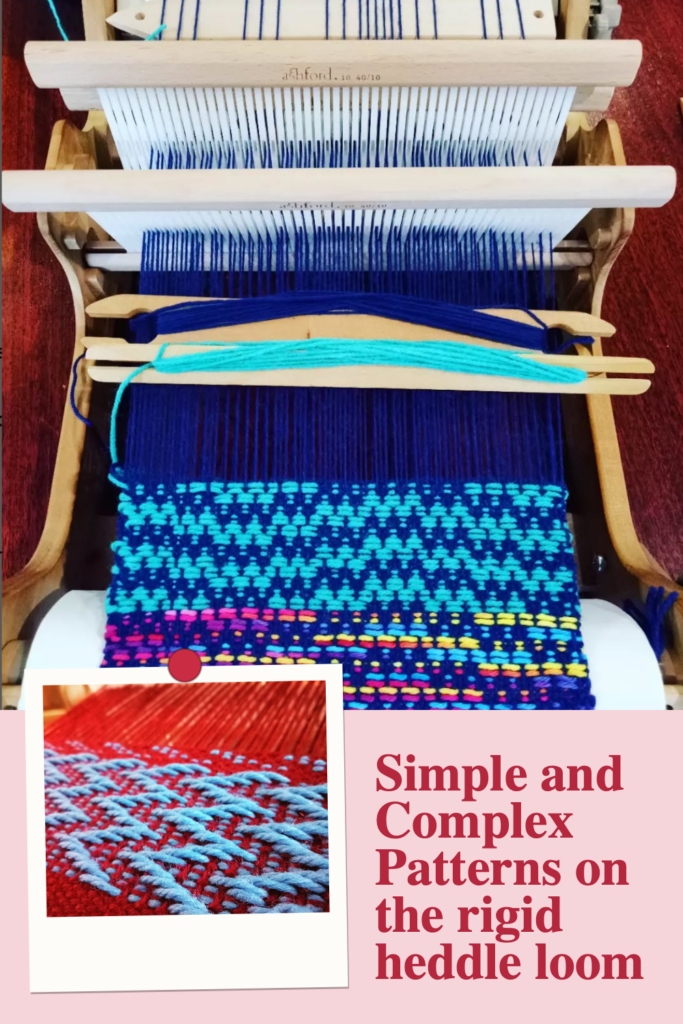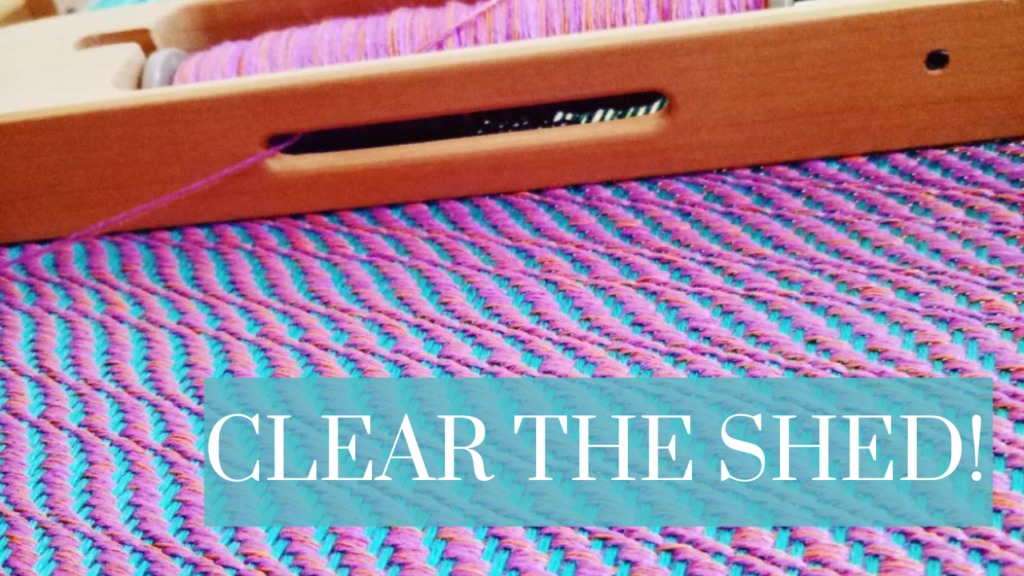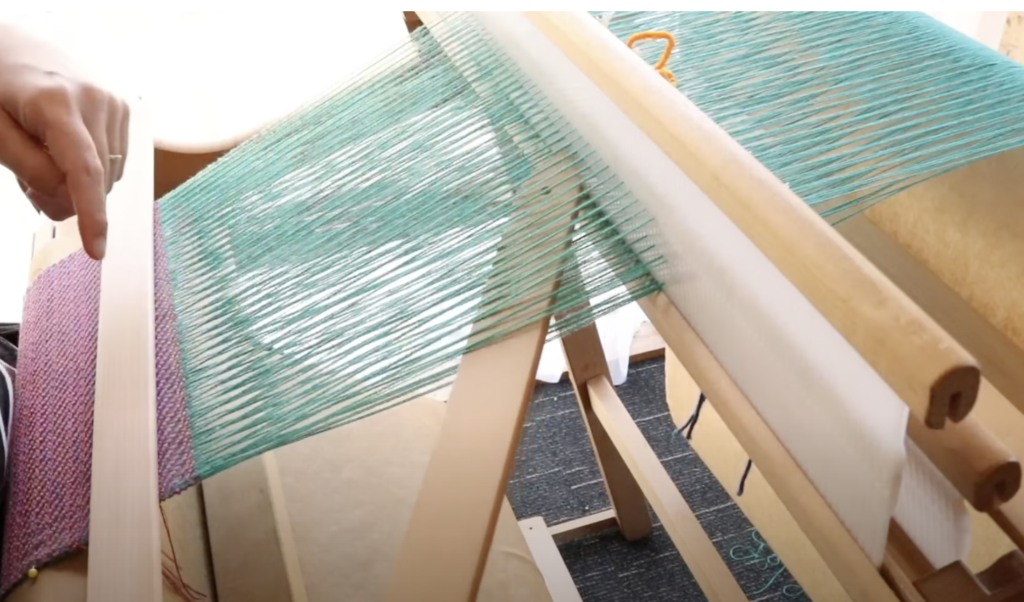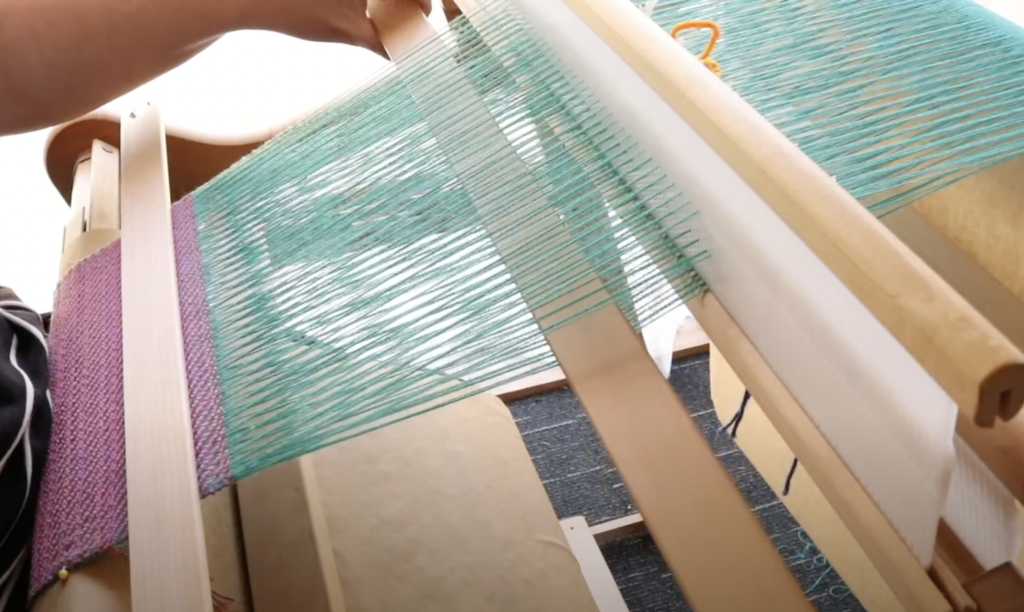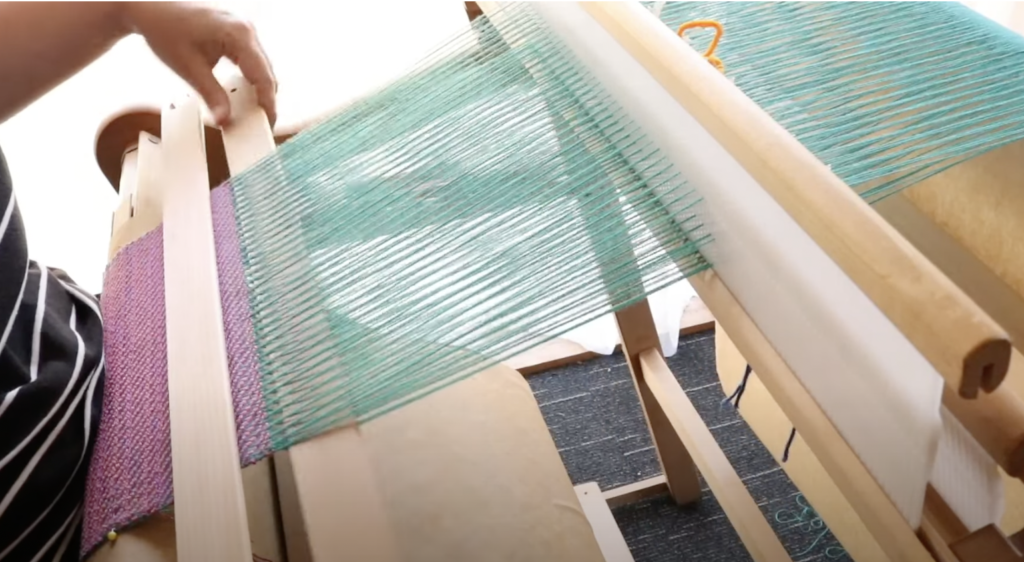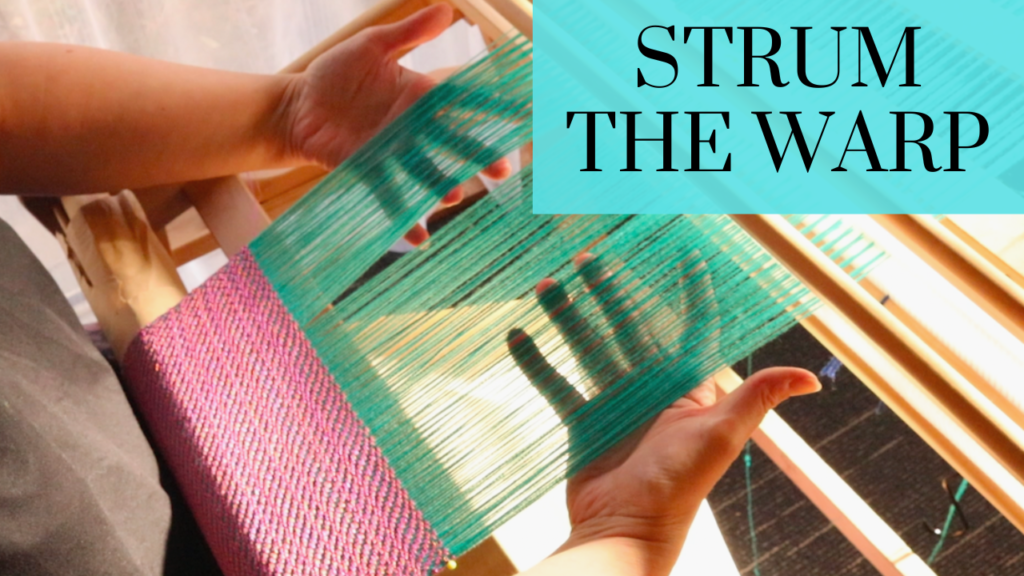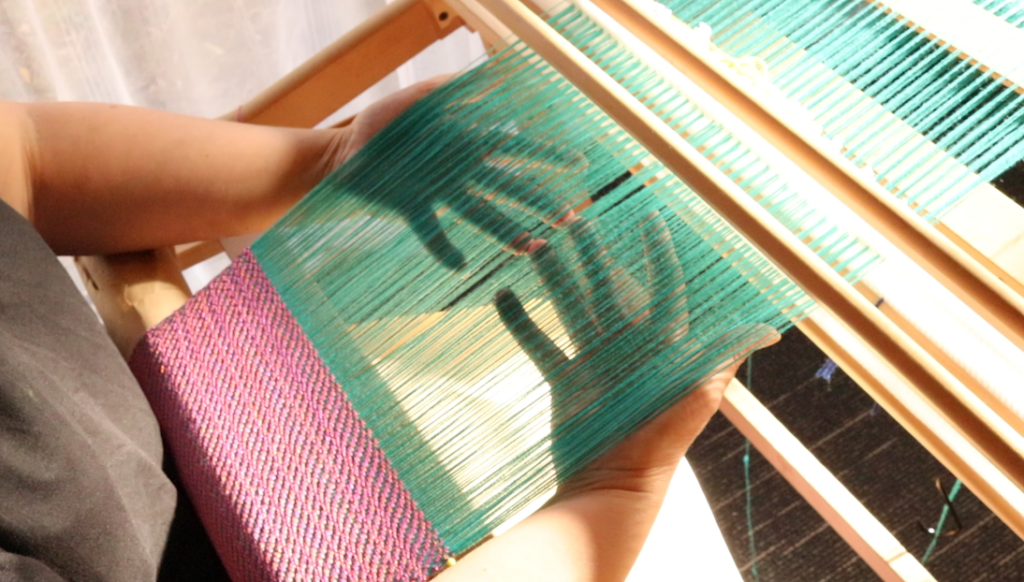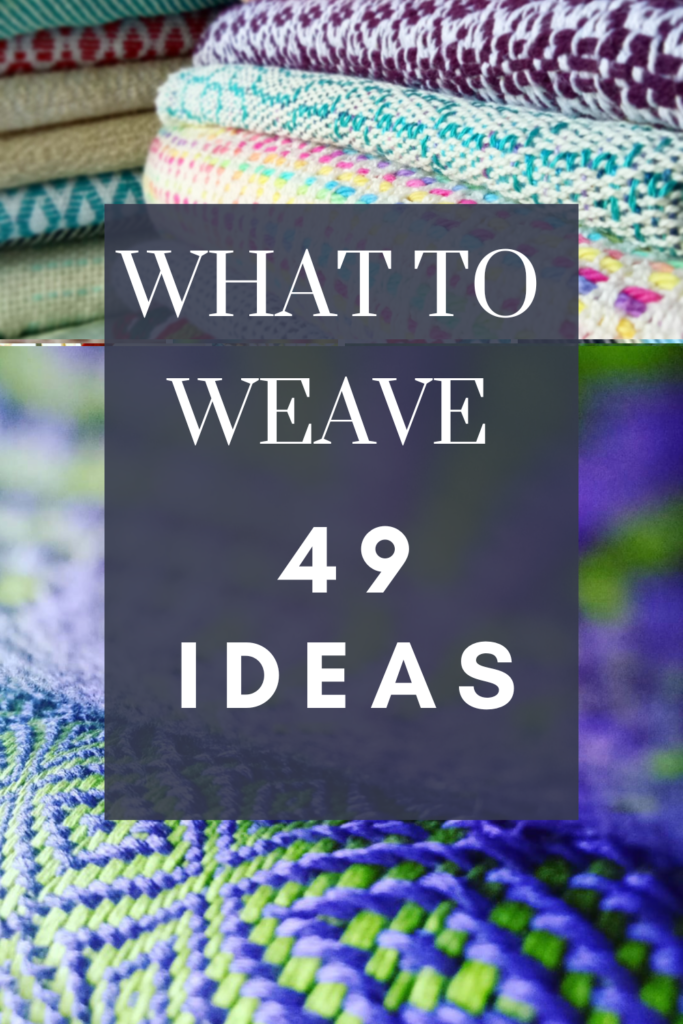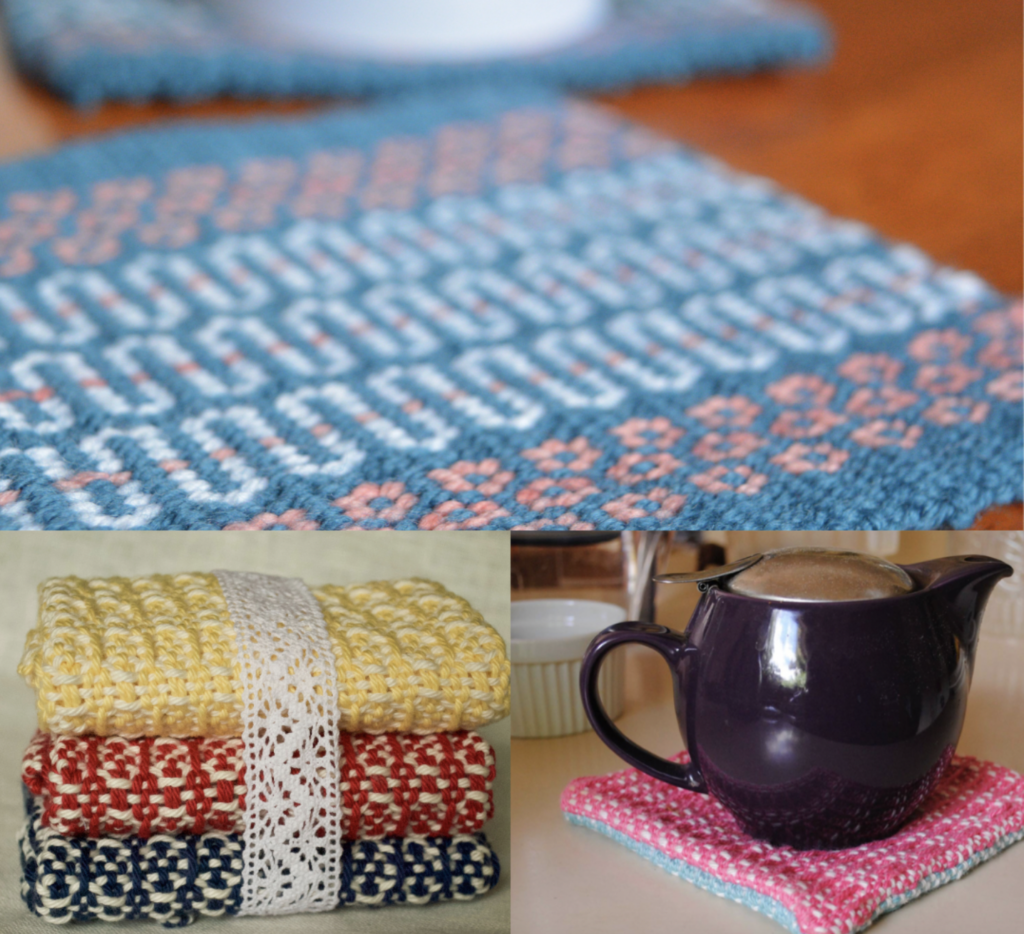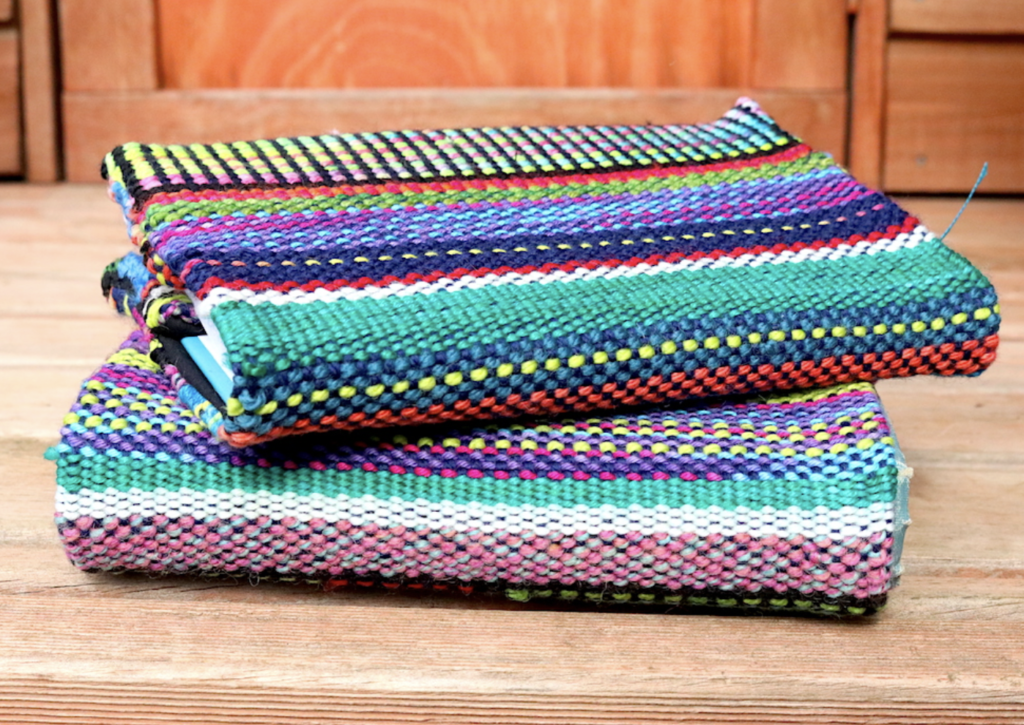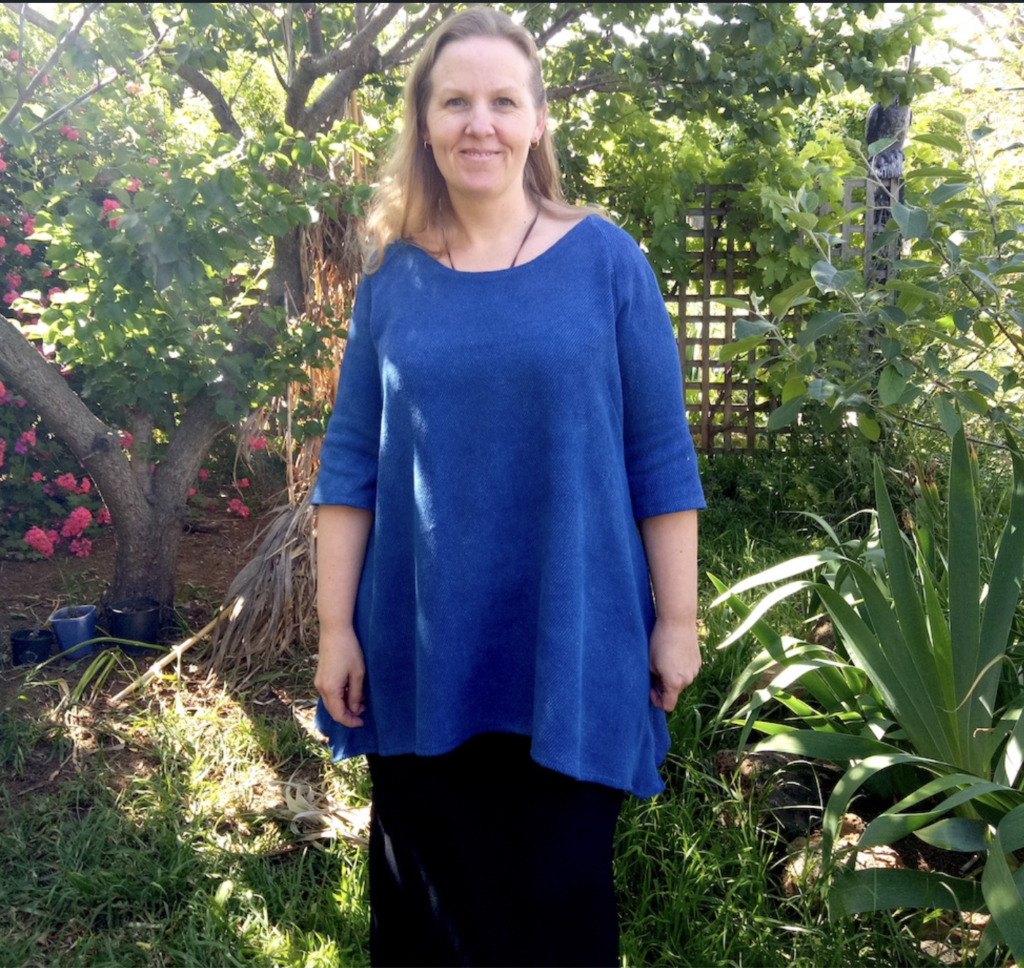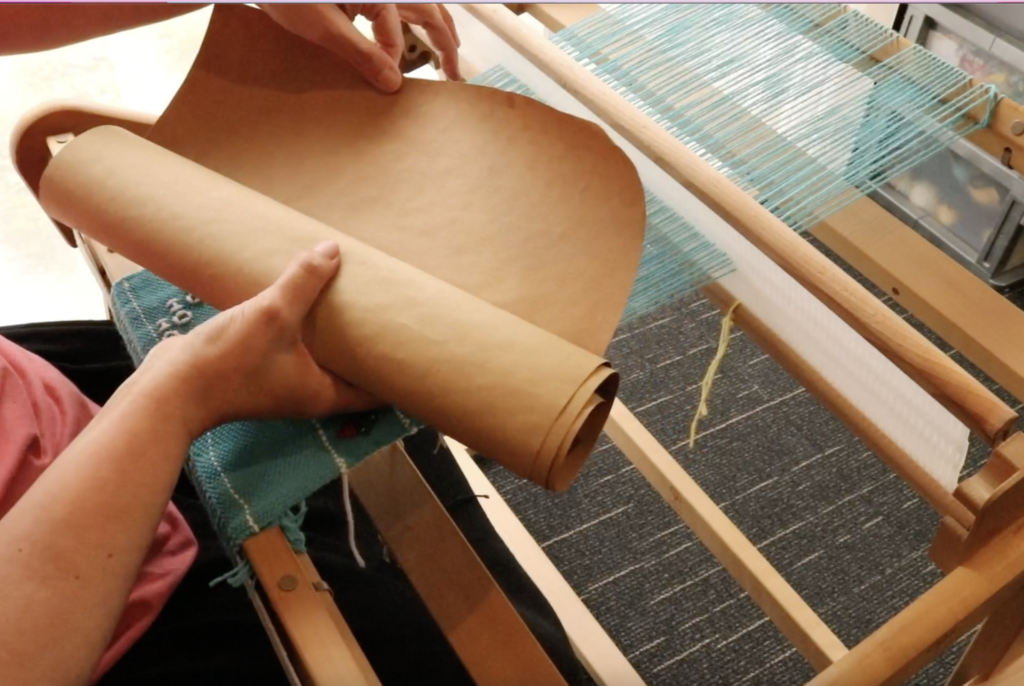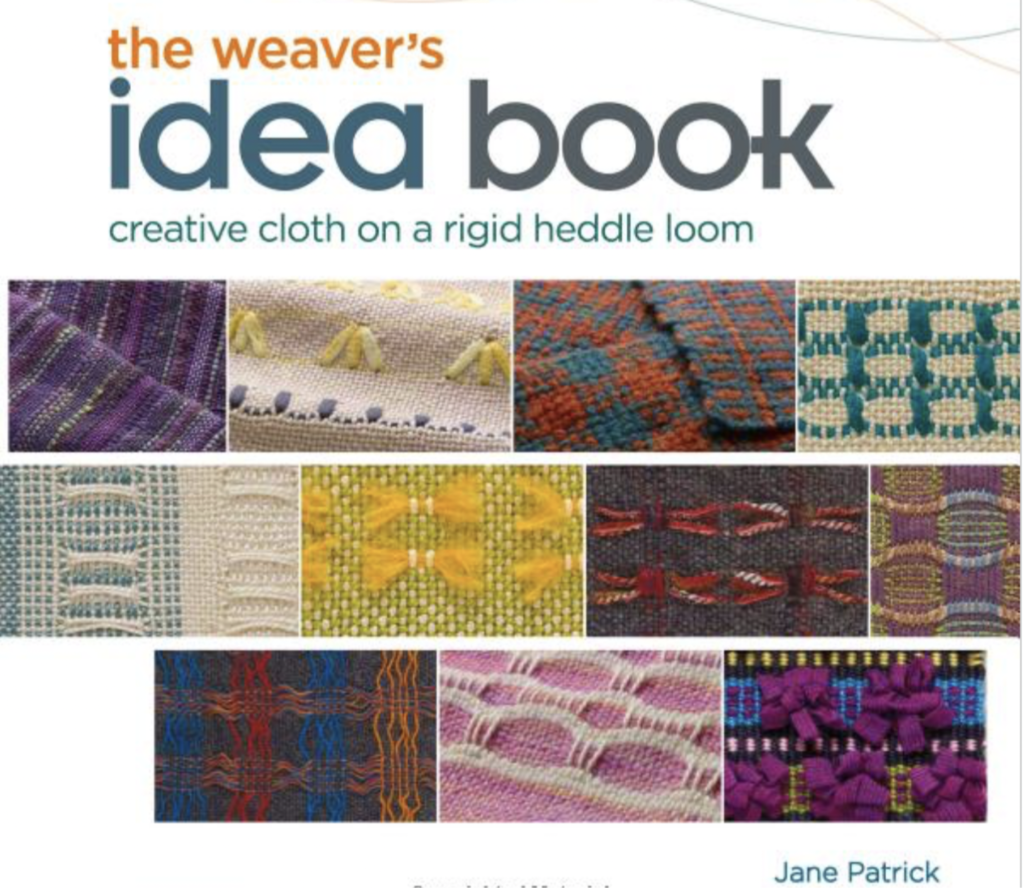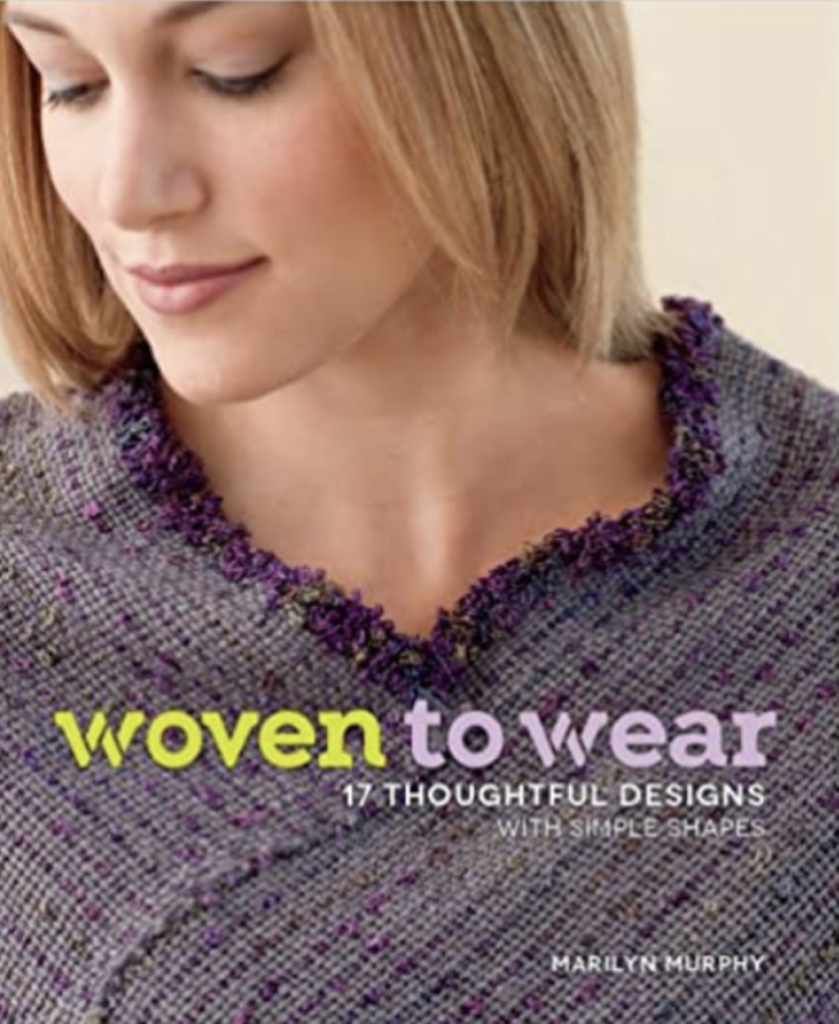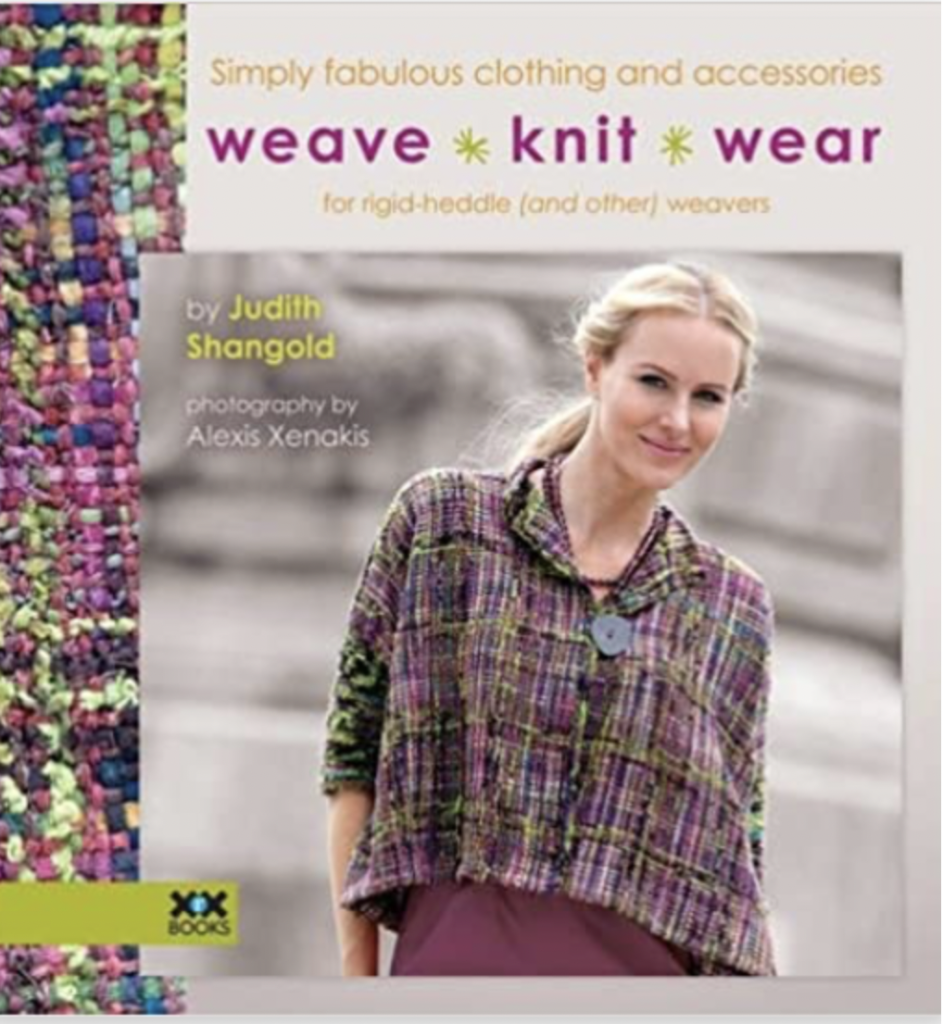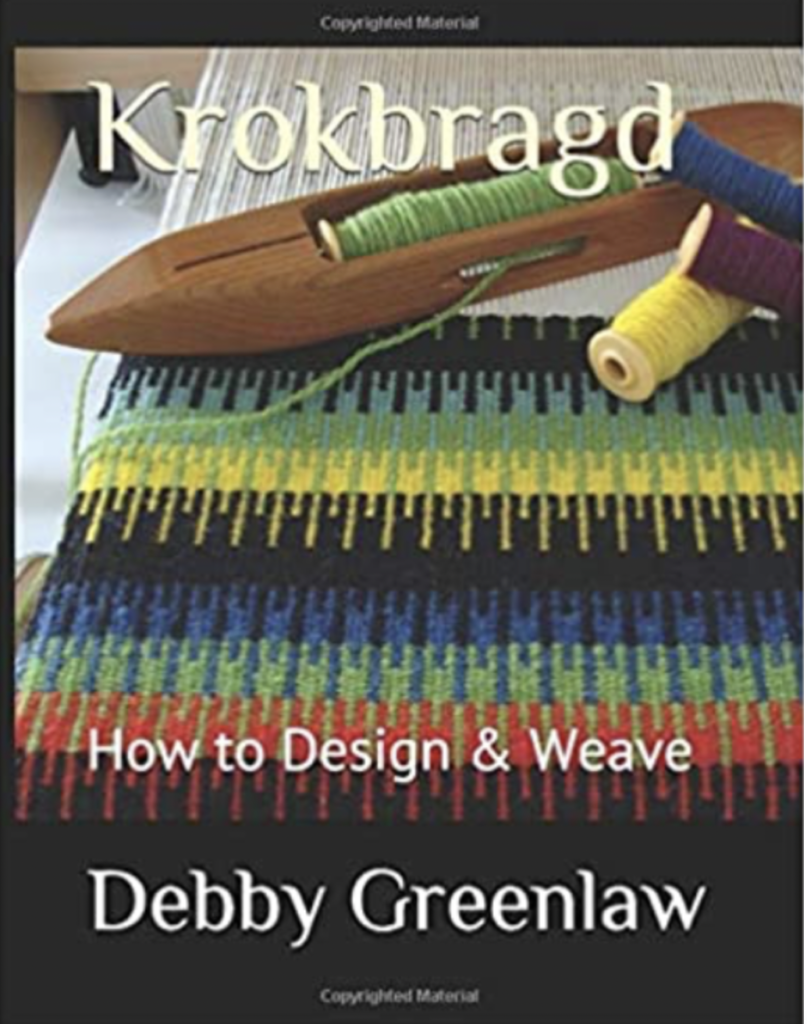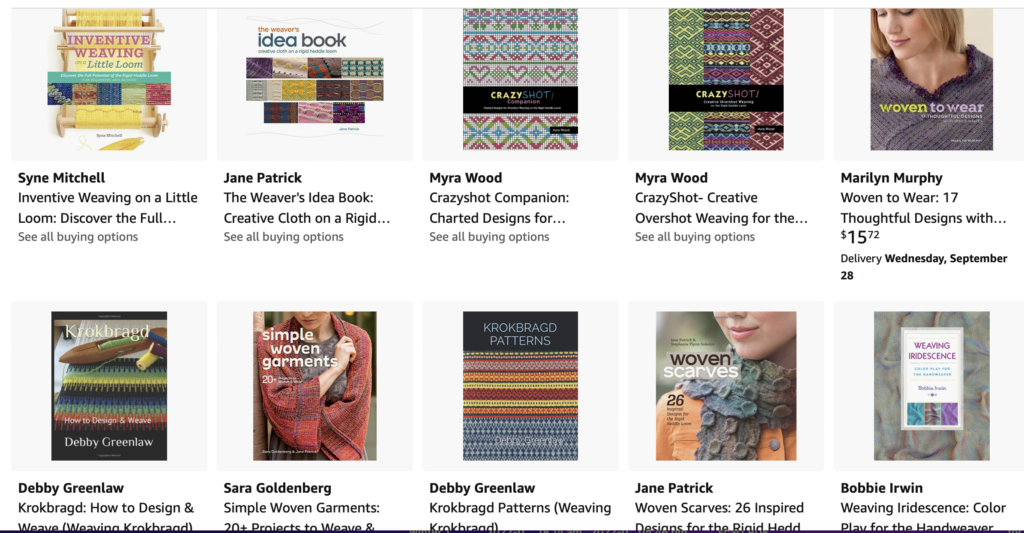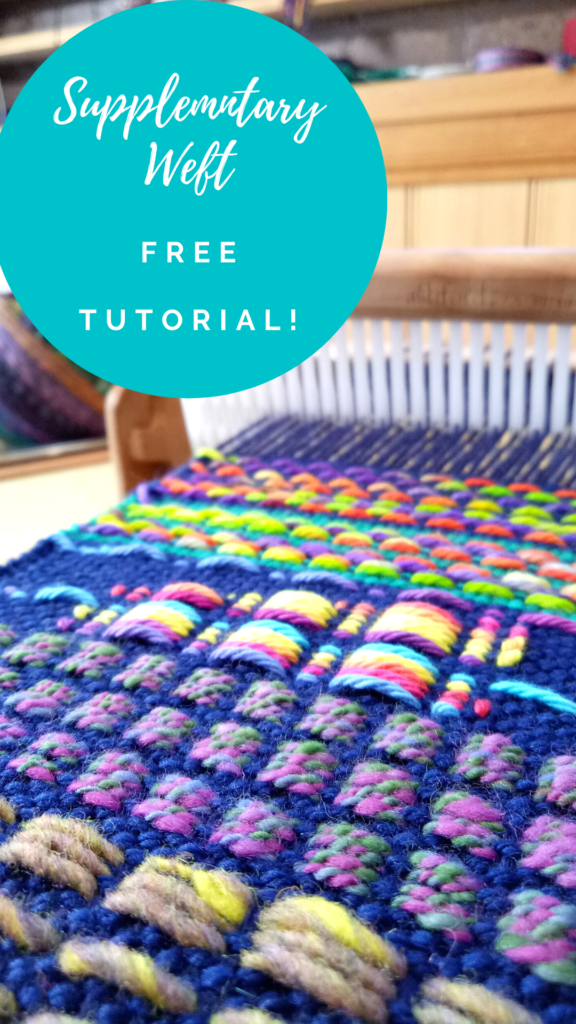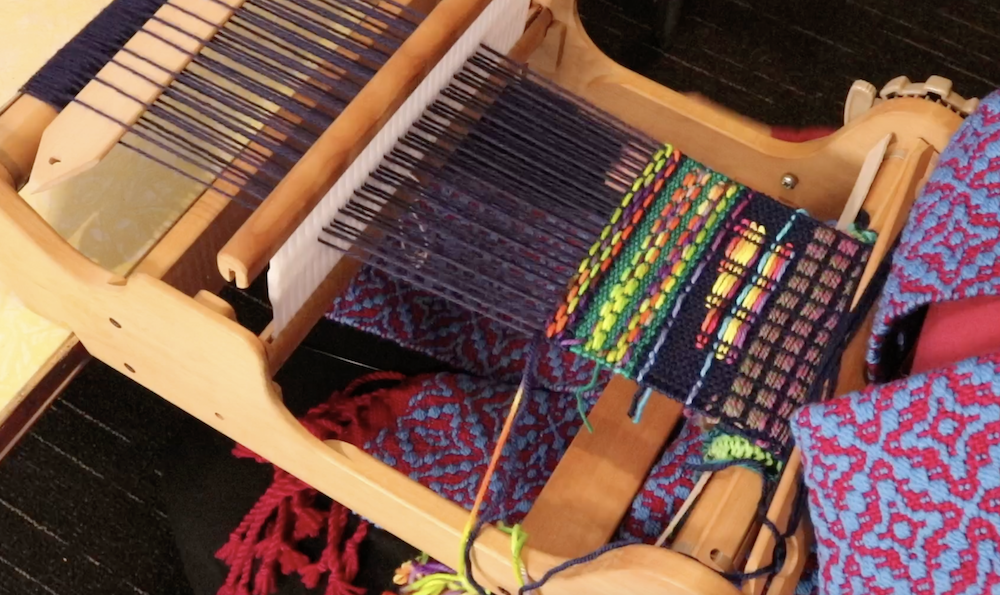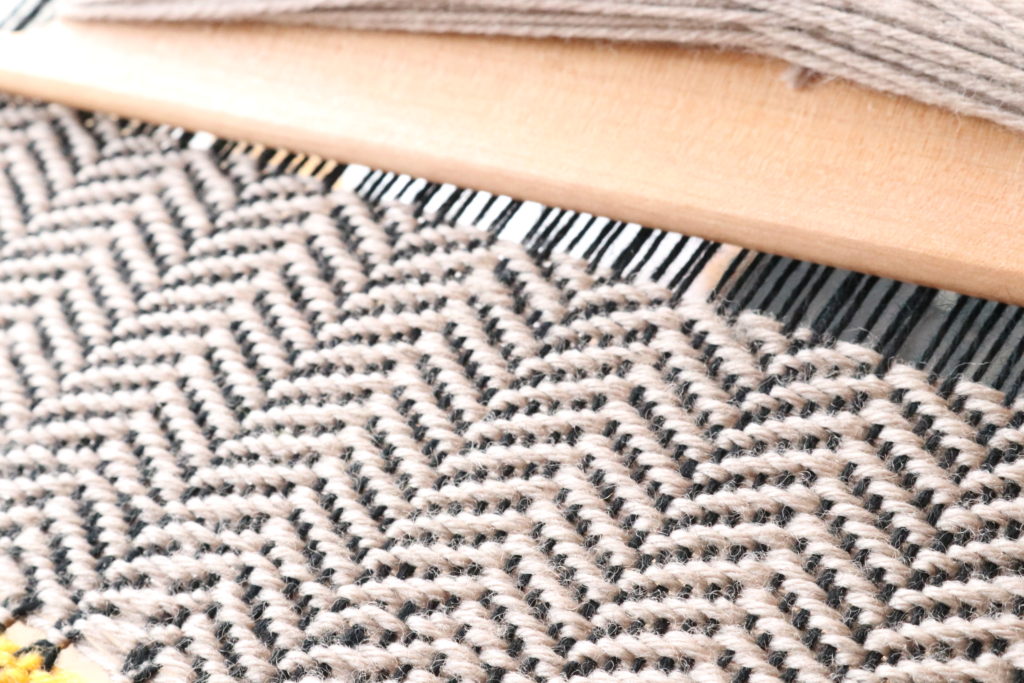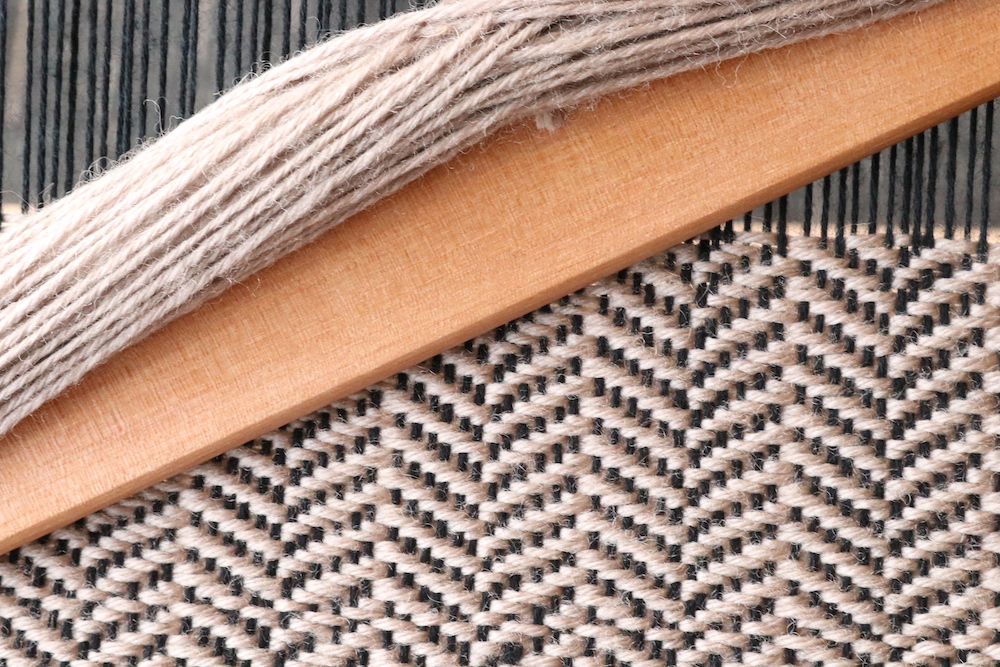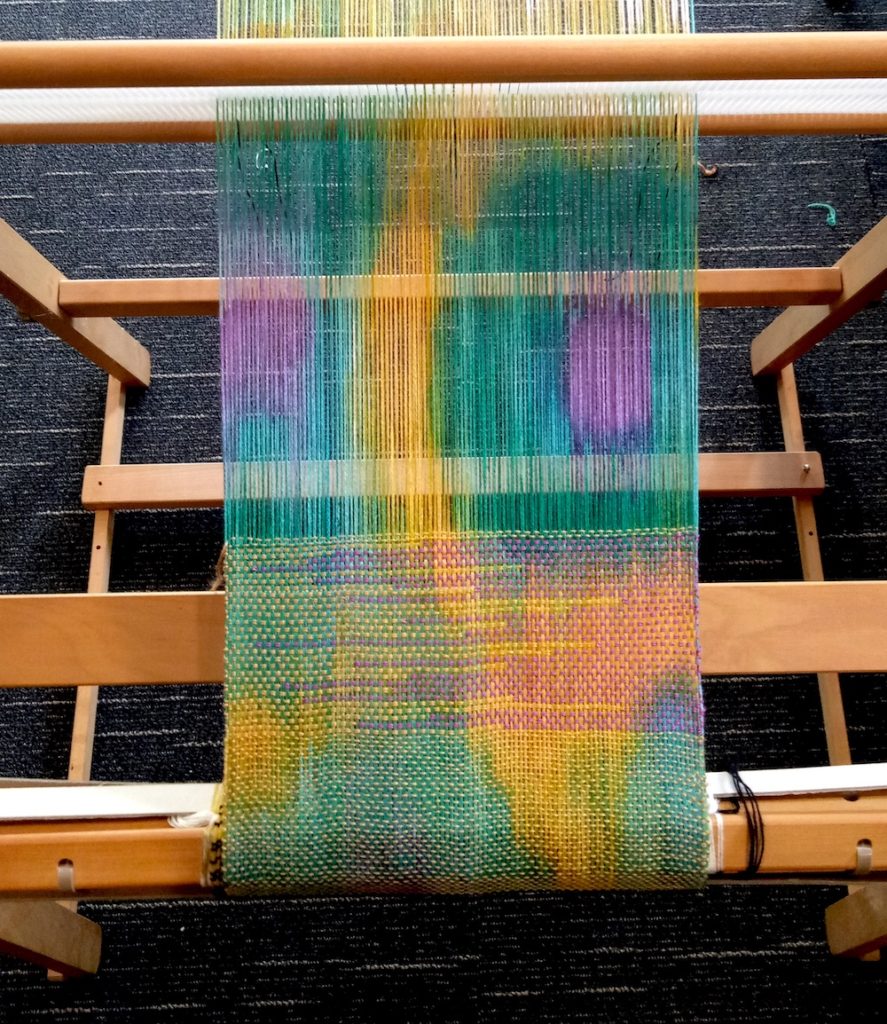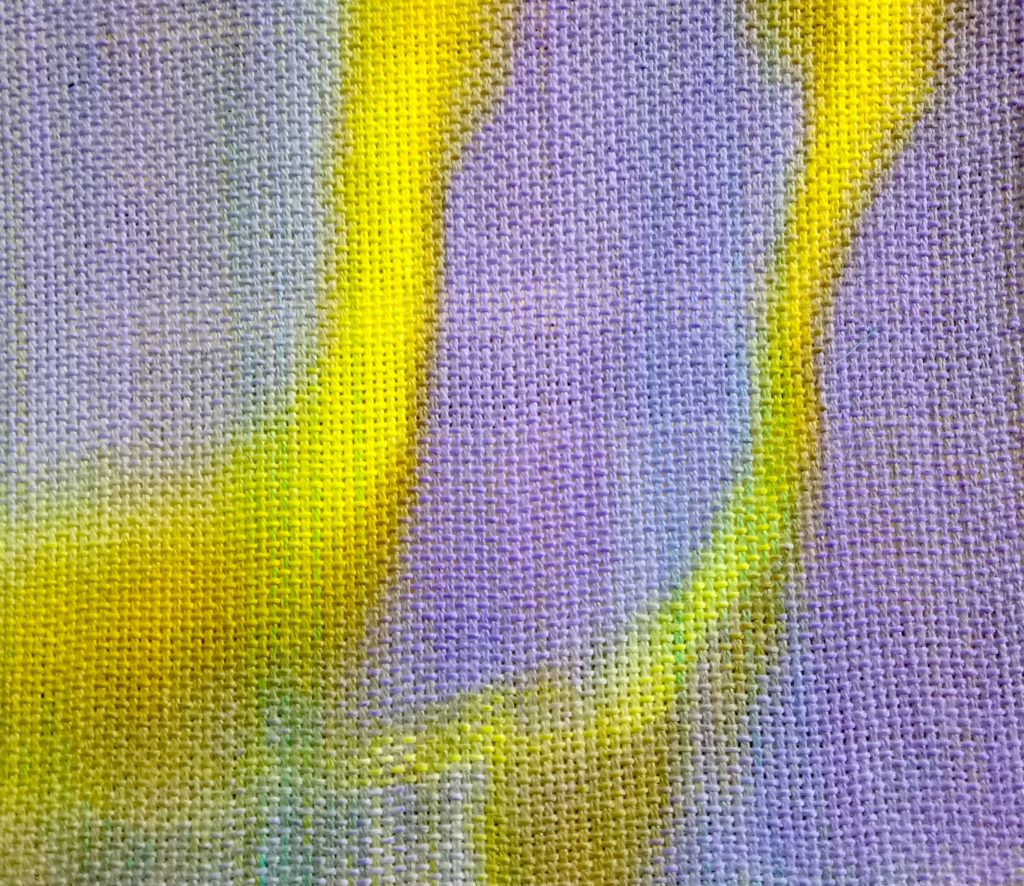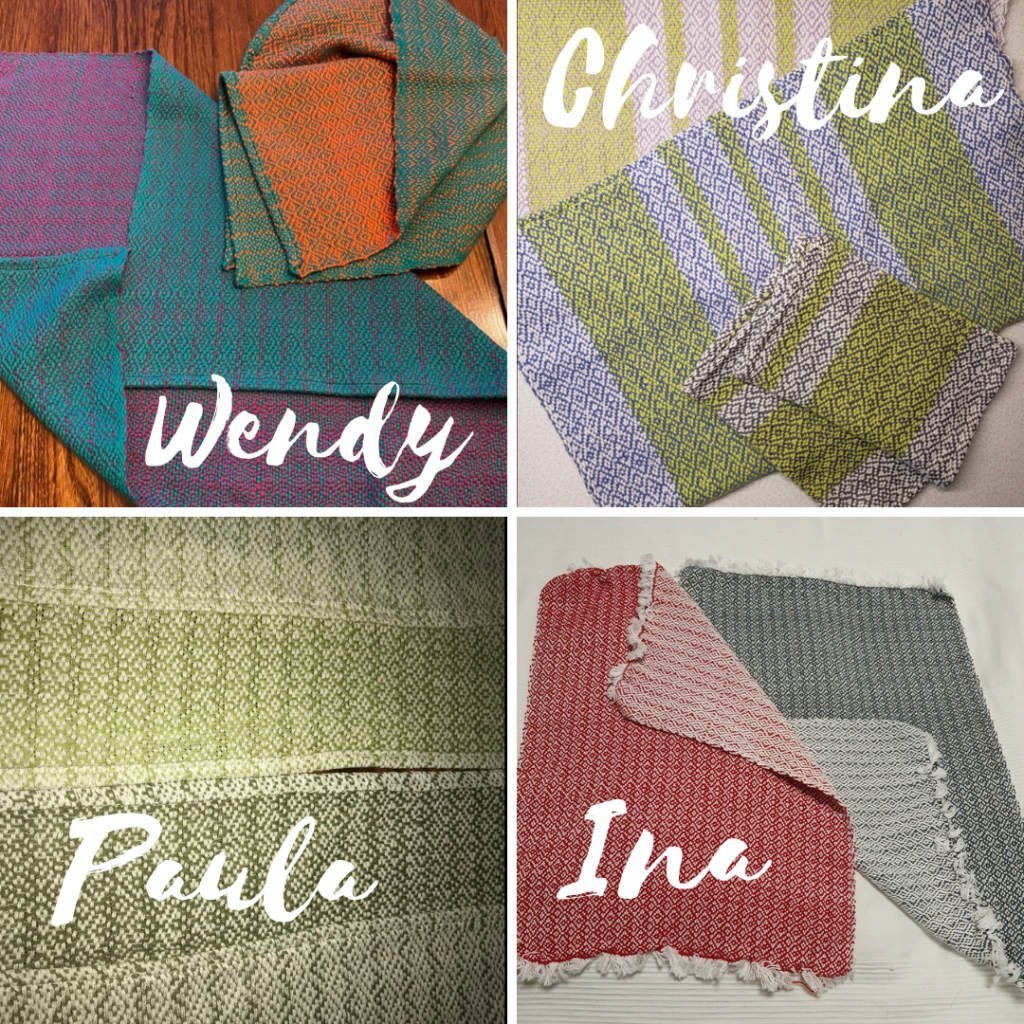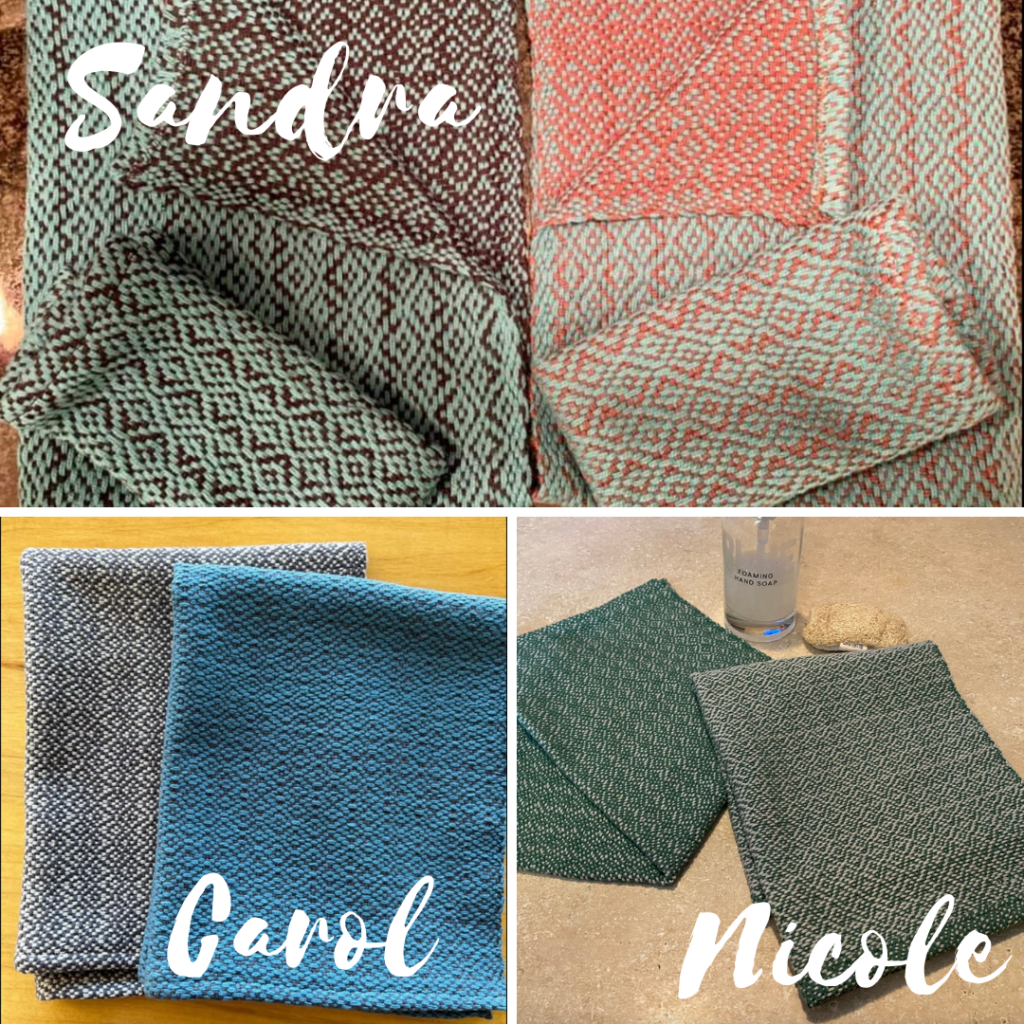How amazing that 6 years have passed since I took a leap of faith and opened the Online Weaving School!
It has been so humbling to watch this little school grow from a handful of students in the beginning to something I never dreamed would be possible for someone like me. I am so grateful for all who have learned with me and supported me.
If you’re interested in learning more about the story of the weaving school, you can read this post from a few years ago.
The weaving school now has over 1500 memberships and over 10,000 registered users. Unbelievable!
This year I wanted to do something a bit special to celebrate the 6th birthday of the Online Weaving School.
I am very excited to share that I will be giving away an Ashford Sampleit 10″ rigid heddle loom!
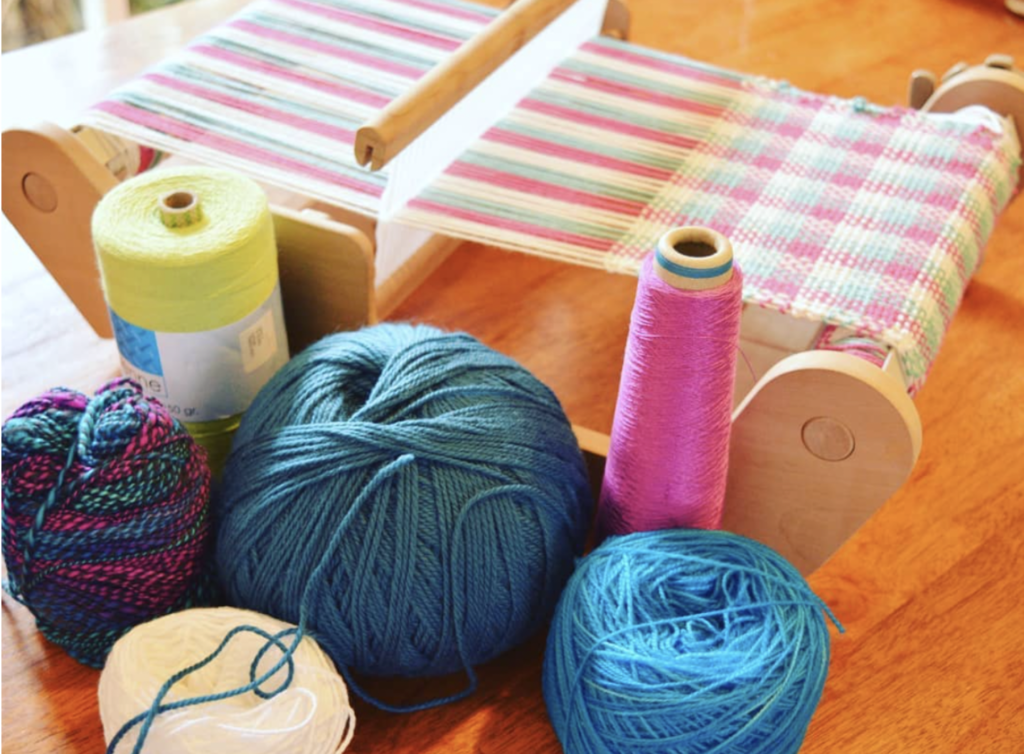
Want to know more about what you can weave on little looms? Check out this article:
What can I weave on a small loom?..
This giveaway is now closed. Please scroll to the bottom for the winner announcement.
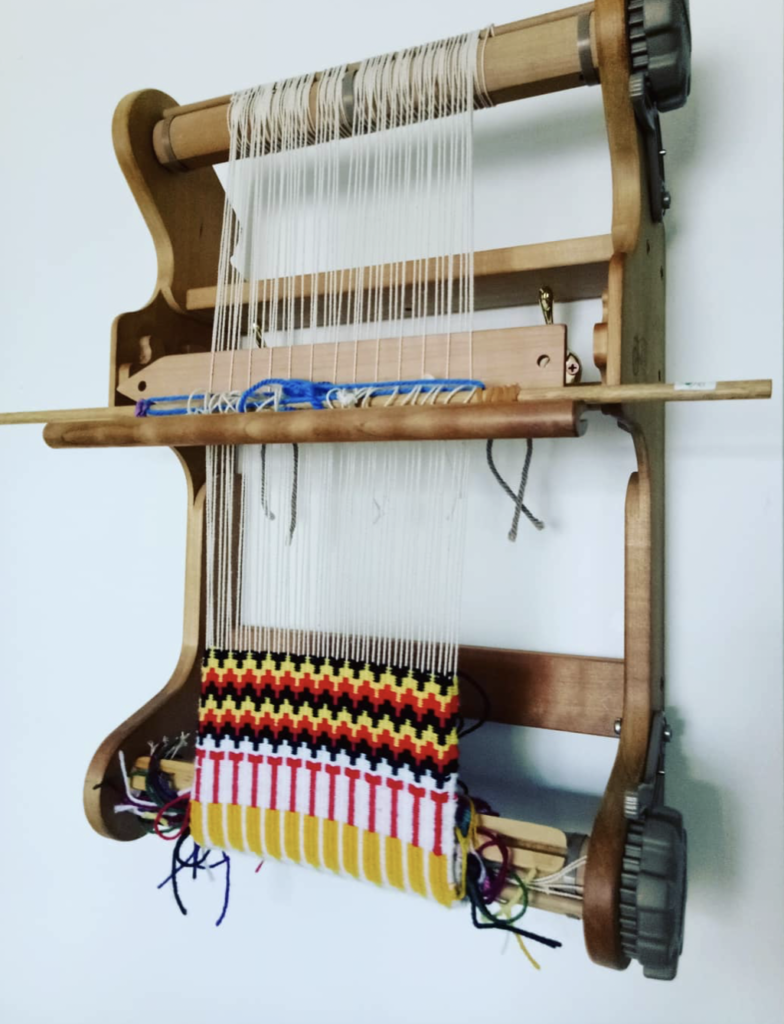
WINNER ANNOUNCEMENT
Congratulations to Helen Ashenfelter! Helen commented:
“I would gift this to a friend- Libby- who would like to learn to weave but feels she can’t invest in the loom. She makes things for a local shop who gives to worthy causes in our area!”
Thank you to all who entered. There were so many worthy entries and causes, I do so wish that you could all be winners and I’m sorry if you missed out. Maybe next time it will be your turn 🥰
*This post may contain affiliate links. For more information, please see my disclosure policy.
**This giveaway is run solely by Kelly Casanova Weaving Lessons and is not affiliated with Ashford or any other party. The giveaway prize is one Sampleit loom and there will be one winner. The photos in this post are representative only – yarns and warps are not included.

